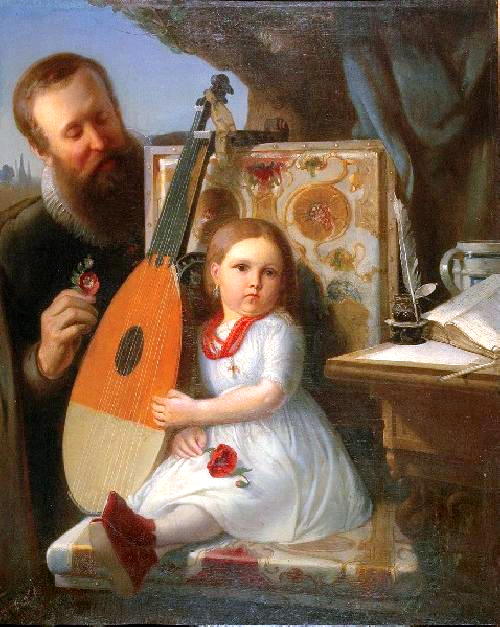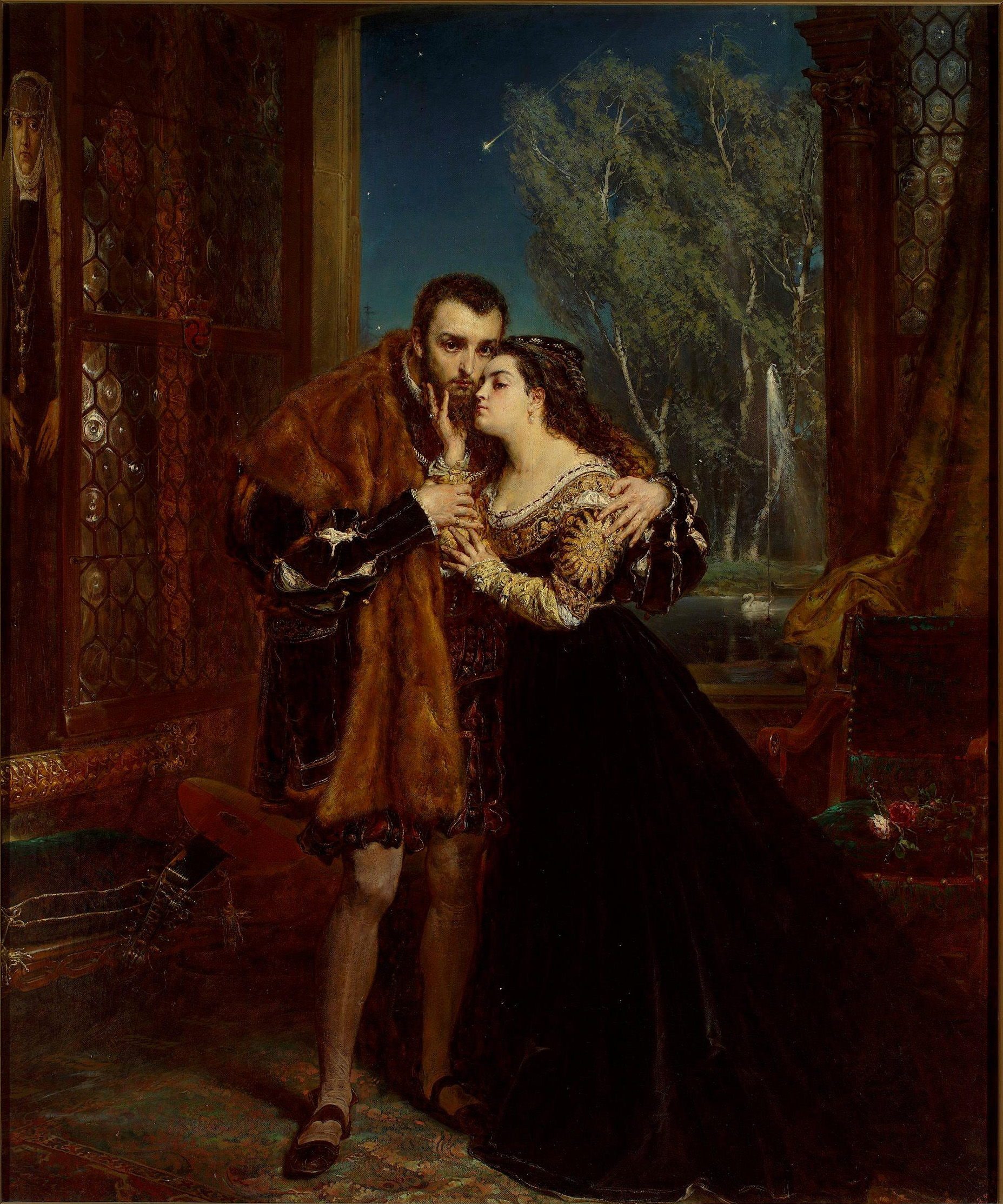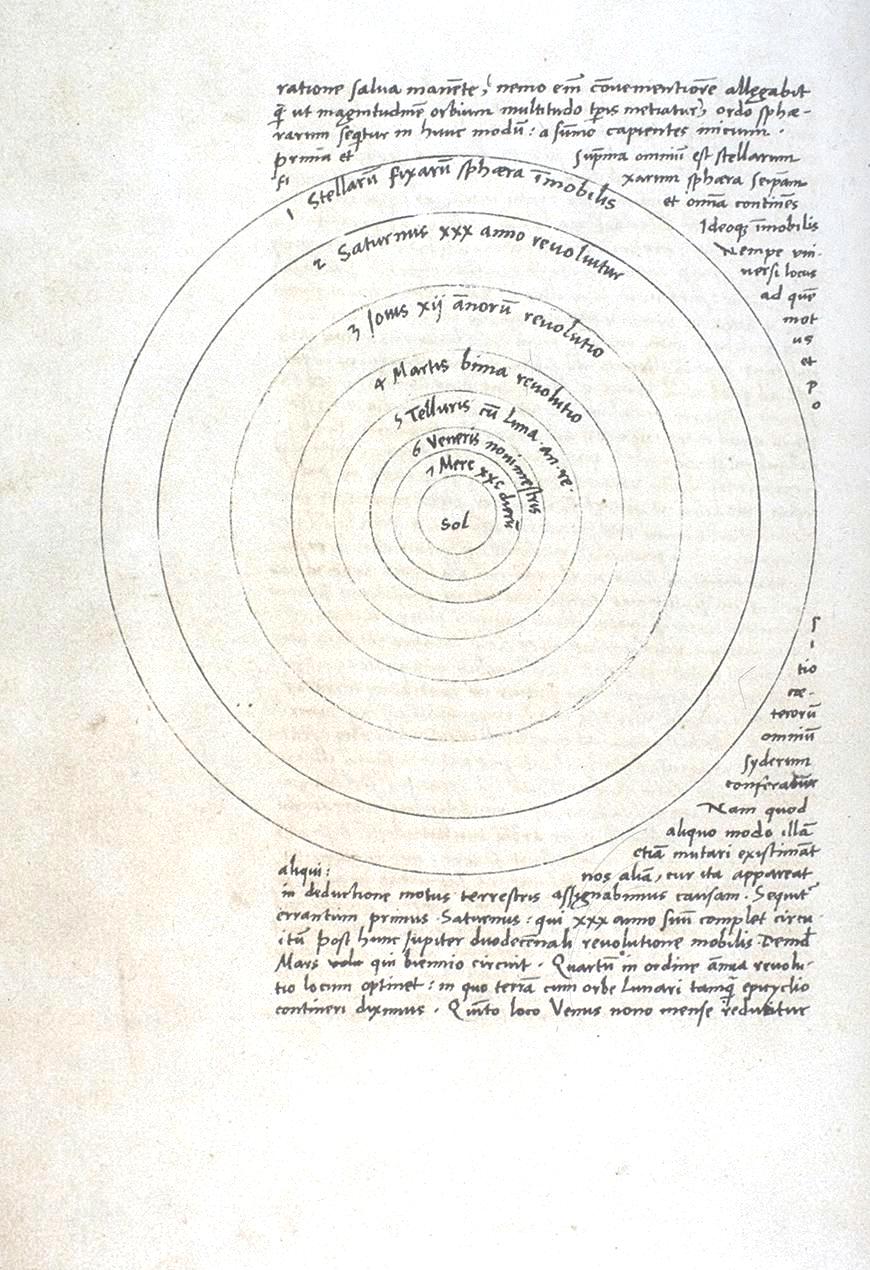|
Polish Renaissance
The Renaissance in Poland ( pl, Renesans, Odrodzenie; literally: the Rebirth) lasted from the late 15th to the late 16th century and is widely considered to have been the Polish Golden Age, Golden Age of Polish culture. Ruled by the Jagiellonian dynasty, the Crown of the Kingdom of Poland (from 1569 part of the Polish–Lithuanian Commonwealth) actively participated in the broad European Renaissance. The multinational Polish state experienced a period of cultural growth thanks in part to a century without major wars, aside from conflicts in the sparsely-populated eastern and southern borderlands. The Protestant Reformation, Reformation spread peacefully throughout the country (giving rise to the Polish Brethren), and living conditions improved, cities grew, and exports of agricultural products enriched the population, especially the nobility (''szlachta''), who gained dominance in the new political system of Golden Liberty. Overview The Renaissance movement, whose influence orig ... [...More Info...] [...Related Items...] OR: [Wikipedia] [Google] [Baidu] |
Polish Golden Age
The Polish Golden Age was the Renaissance period in Poland and the Grand Duchy of Lithuania, roughly corresponding to the period of rule of the King Sigismund I the Old and his son, Sigismund II Augustus, the last of the Jagiellonian Dynasty monarchs, until his death in 1572. Some historians reckon the Polish Golden Age to have continued to the mid-17th century, when the Polish–Lithuanian Commonwealth was ravaged by the Khmelnytsky Uprising (1648–57) and by the Swedish and Russian invasion. During its Golden Age, the Commonwealth became one of the largest kingdoms of Europe, stretching from modern Estonia in the north to Moldavia in the east and Bohemia in the west. In the 16th century the Commonwealth grew to almost 1 million km2, with a population of 11 million. It prospered from its enormous grain, wood, salt, and cloth exports to Western Europe via the Baltic Sea ports of Gdańsk, Elbląg, Riga, Memel, and Königsberg. The Commonwealth's major cities included Poznań, K ... [...More Info...] [...Related Items...] OR: [Wikipedia] [Google] [Baidu] |
Filip Callimachus
Filippo Buonaccorsi, called Callimachus, Callimico, Bonacurarius, Caeculus, Geminianensis (Latin: ''Philippus Callimachus Experiens'', ''Bonacursius''; , 2 May 1437 – 1 November 1496) was an Italian humanist, writer and diplomat active in Poland. Life Filippo Buonaccorsi was born in San Gimignano, in Tuscany, in north-central Italy. He first appeared in Venice and Rome, where he was secretary to Bishop Bartolomeo Roverella. He moved to Rome in 1462 and became a member of the Rome Academy of Julius Pomponius Laetus. In 1468 he took part in a supposed assassination attempt upon Pope Paul II and fled to Poland. In Poland he found work with the Bishop of Lwów, Gregory of Sanok. Pomponius implied he was homosexual and referred to his "perverted habits". The homo-erotic verses (including one addressed to the then Bishop of Segni, Lucio Fazini) which were found in his papers, while earning him a reputation as a sodomite, seem to have been restricted to his youth. This seems to ... [...More Info...] [...Related Items...] OR: [Wikipedia] [Google] [Baidu] |
Geography
Geography (from Greek: , ''geographia''. Combination of Greek words ‘Geo’ (The Earth) and ‘Graphien’ (to describe), literally "earth description") is a field of science devoted to the study of the lands, features, inhabitants, and phenomena of Earth. The first recorded use of the word γεωγραφία was as a title of a book by Greek scholar Eratosthenes (276–194 BC). Geography is an all-encompassing discipline that seeks an understanding of Earth and its human and natural complexities—not merely where objects are, but also how they have changed and come to be. While geography is specific to Earth, many concepts can be applied more broadly to other celestial bodies in the field of planetary science. One such concept, the first law of geography, proposed by Waldo Tobler, is "everything is related to everything else, but near things are more related than distant things." Geography has been called "the world discipline" and "the bridge between the human an ... [...More Info...] [...Related Items...] OR: [Wikipedia] [Google] [Baidu] |
Maciej Of Miechów
Maciej Miechowita (also known as ''Maciej z Miechowa, Maciej of Miechów, Maciej Karpiga, Matthias de Miechow''; 1457 – 8 September 1523) was a Polish renaissance scholar, professor of Jagiellonian University, historian, chronicler, geographer, medical doctor (royal physician of king Sigismund I the Old of Poland), alchemist, astrologer and canon in Kraków. Life He studied at the Jagiellonian University (also known that as the Cracow Academy), obtaining his master's degree in 1479. Between 1480-1485 he studied abroad. Upon his return to the country, he became a professor at the Jagiellonian University, where he served as a rector eight times (1501–1519), and also twice as a deputy chancellor of the Academia. His (Treatise on the Two Sarmatias) is considered the first accurate geographical and ethnographical description of Eastern Europe. It provided the first systematic description of the lands between the Vistula, the Don and the Caspian Sea. This work also repeated ... [...More Info...] [...Related Items...] OR: [Wikipedia] [Google] [Baidu] |
Heliocentrism
Heliocentrism (also known as the Heliocentric model) is the astronomical model in which the Earth and planets revolve around the Sun at the center of the universe. Historically, heliocentrism was opposed to geocentrism, which placed the Earth at the center. The notion that the Earth revolves around the Sun had been proposed as early as the third century BC by Aristarchus of Samos, who had been influenced by a concept presented by Philolaus of Croton (c. 470 – 385 BC). In the 5th century BC the Greek Philosophers Philolaus and Hicetas had the thought on different occasions that our Earth was spherical and revolving around a "mystical" central fire, and that this fire regulated the universe. In medieval Europe, however, Aristarchus' heliocentrism attracted little attention—possibly because of the loss of scientific works of the Hellenistic period. It was not until the sixteenth century that a mathematical model of a heliocentric system was presented by the Renaissance ma ... [...More Info...] [...Related Items...] OR: [Wikipedia] [Google] [Baidu] |
De Revolutionibus Orbium Coelestium
''De revolutionibus orbium coelestium'' (English translation: ''On the Revolutions of the Heavenly Spheres'') is the seminal work on the heliocentric theory of the astronomer Nicolaus Copernicus (1473–1543) of the Polish Renaissance. The book, first printed in 1543 in Nuremberg, Holy Roman Empire, offered an alternative model of the universe to Ptolemy's geocentric system, which had been widely accepted since ancient times. History Copernicus initially outlined his system in a short, untitled, anonymous manuscript that he distributed to several friends, referred to as the '' Commentariolus''. A physician's library list dating to 1514 includes a manuscript whose description matches the ''Commentariolus'', so Copernicus must have begun work on his new system by that time. Most historians believe that he wrote the ''Commentariolus'' after his return from Italy, possibly only after 1510. At this time, Copernicus anticipated that he could reconcile the motion of the Earth wit ... [...More Info...] [...Related Items...] OR: [Wikipedia] [Google] [Baidu] |
Nicolaus Copernicus
Nicolaus Copernicus (; pl, Mikołaj Kopernik; gml, Niklas Koppernigk, german: Nikolaus Kopernikus; 19 February 1473 – 24 May 1543) was a Renaissance polymath, active as a mathematician, astronomer, and Catholic canon, who formulated a model of the universe that placed the Sun rather than Earth at its center. In all likelihood, Copernicus developed his model independently of Aristarchus of Samos, an ancient Greek astronomer who had formulated such a model some eighteen centuries earlier. The publication of Copernicus's model in his book ' (''On the Revolutions of the Celestial Spheres''), just before his death in 1543, was a major event in the history of science, triggering the Copernican Revolution and making a pioneering contribution to the Scientific Revolution. Copernicus was born and died in Royal Prussia, a region that had been part of the Kingdom of Poland since 1466. A polyglot and polymath, he obtained a doctorate in canon law and was a mathemat ... [...More Info...] [...Related Items...] OR: [Wikipedia] [Google] [Baidu] |
Cracow Academy
The Jagiellonian University (Polish: ''Uniwersytet Jagielloński'', UJ) is a public research university in Kraków, Poland. Founded in 1364 by King Casimir III the Great, it is the oldest university in Poland and the 13th oldest university in continuous operation in the world. It is regarded as Poland's most prestigious academic institution. The university has been viewed as a guardian of Polish culture, particularly for continuing operations during the partitions of Poland and the two World Wars, as well as a significant contributor to the intellectual heritage of Europe. The campus of the Jagiellonian University is centrally located within the city of Kraków. The university consists of thirteen main faculties, in addition to three faculties composing the Collegium Medicum. It employs roughly 4,000 academics and provides education to more than 35,000 students who study in 166 fields. The main language of instruction is Polish, although around 30 degrees are offered in Engli ... [...More Info...] [...Related Items...] OR: [Wikipedia] [Google] [Baidu] |
Italian Language
Italian (''italiano'' or ) is a Romance language of the Indo-European language family that evolved from the Vulgar Latin of the Roman Empire. Together with Sardinian, Italian is the least divergent language from Latin. Spoken by about 85 million people (2022), Italian is an official language in Italy, Switzerland ( Ticino and the Grisons), San Marino, and Vatican City. It has an official minority status in western Istria (Croatia and Slovenia). Italian is also spoken by large immigrant and expatriate communities in the Americas and Australia.Ethnologue report for language code:ita (Italy) – Gordon, Raymond G., Jr. (ed.), 2005. Ethnologue: Languages of the World, Fifteenth edition. Dallas, Tex.: SIL International. Online version ... [...More Info...] [...Related Items...] OR: [Wikipedia] [Google] [Baidu] |
Hebrew
Hebrew (; ; ) is a Northwest Semitic language of the Afroasiatic language family. Historically, it is one of the spoken languages of the Israelites and their longest-surviving descendants, the Jews and Samaritans. It was largely preserved throughout history as the main liturgical language of Judaism (since the Second Temple period) and Samaritanism. Hebrew is the only Canaanite language still spoken today, and serves as the only truly successful example of a dead language that has been revived. It is also one of only two Northwest Semitic languages still in use, with the other being Aramaic. The earliest examples of written Paleo-Hebrew date back to the 10th century BCE. Nearly all of the Hebrew Bible is written in Biblical Hebrew, with much of its present form in the dialect that scholars believe flourished around the 6th century BCE, during the time of the Babylonian captivity. For this reason, Hebrew has been referred to by Jews as ''Lashon Hakodesh'' (, ) since ... [...More Info...] [...Related Items...] OR: [Wikipedia] [Google] [Baidu] |
Greek Language
Greek ( el, label= Modern Greek, Ελληνικά, Elliniká, ; grc, Ἑλληνική, Hellēnikḗ) is an independent branch of the Indo-European family of languages, native to Greece, Cyprus, southern Italy (Calabria and Salento), southern Albania, and other regions of the Balkans, the Black Sea coast, Asia Minor, and the Eastern Mediterranean. It has the longest documented history of any Indo-European language, spanning at least 3,400 years of written records. Its writing system is the Greek alphabet, which has been used for approximately 2,800 years; previously, Greek was recorded in writing systems such as Linear B and the Cypriot syllabary. The alphabet arose from the Phoenician script and was in turn the basis of the Latin, Cyrillic, Armenian, Coptic, Gothic, and many other writing systems. The Greek language holds a very important place in the history of the Western world. Beginning with the epics of Homer, ancient Greek literature includes many works of l ... [...More Info...] [...Related Items...] OR: [Wikipedia] [Google] [Baidu] |
Latin
Latin (, or , ) is a classical language belonging to the Italic branch of the Indo-European languages. Latin was originally a dialect spoken in the lower Tiber area (then known as Latium) around present-day Rome, but through the power of the Roman Republic it became the dominant language in the Italian region and subsequently throughout the Roman Empire. Even after the fall of Western Rome, Latin remained the common language of international communication, science, scholarship and academia in Europe until well into the 18th century, when other regional vernaculars (including its own descendants, the Romance languages) supplanted it in common academic and political usage, and it eventually became a dead language in the modern linguistic definition. Latin is a highly inflected language, with three distinct genders (masculine, feminine, and neuter), six or seven noun cases (nominative, accusative, genitive, dative, ablative, and vocative), five declensions, four ... [...More Info...] [...Related Items...] OR: [Wikipedia] [Google] [Baidu] |


.png)



.jpg)



